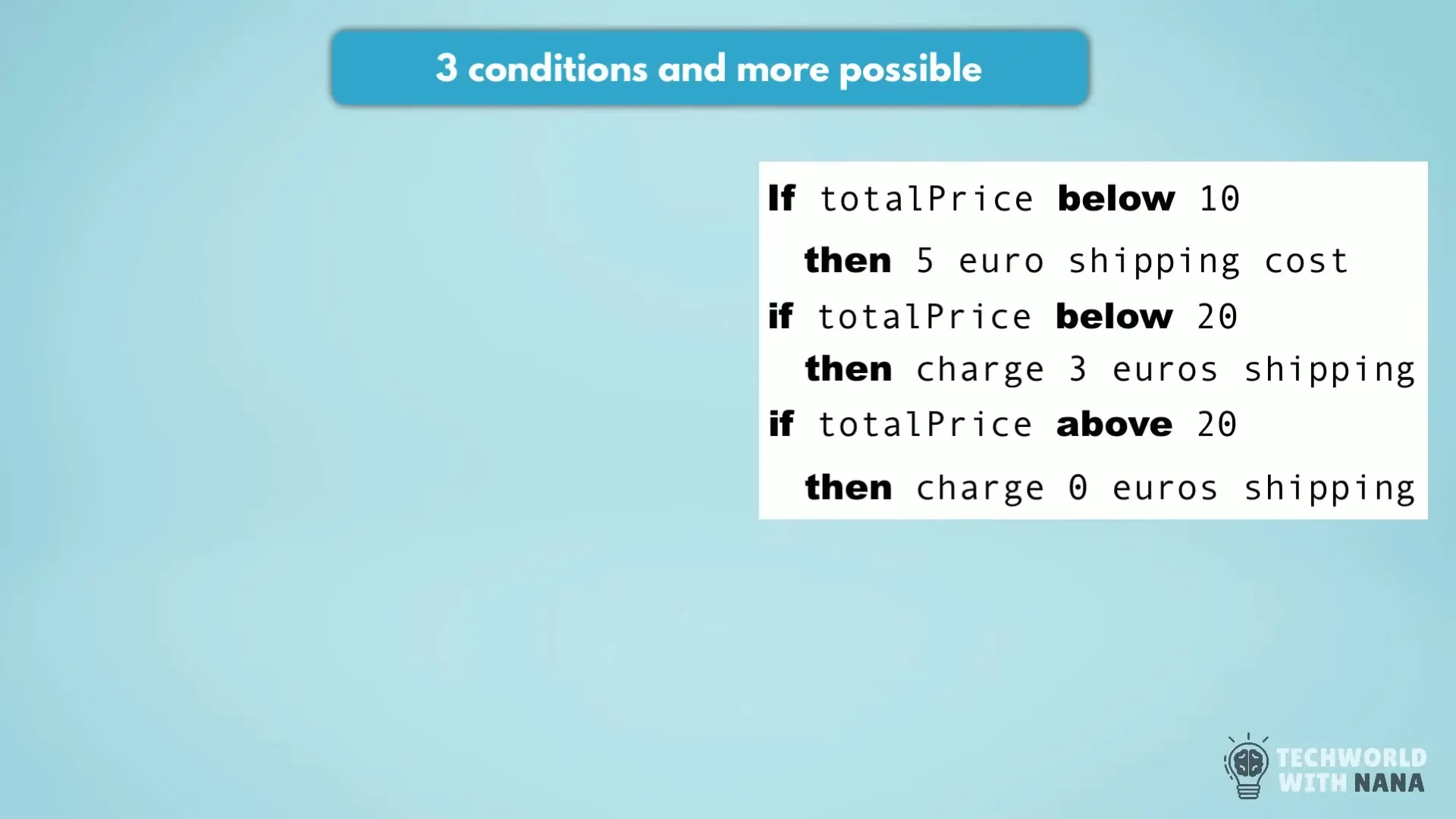
Congratulations on deciding to learn JavaScript! Whether you're aiming to become a software engineer, cloud engineer, or simply want to understand how websites work, JavaScript is an essential skill in today's tech landscape. In this comprehensive guide, we'll explore not just the syntax of JavaScript, but also the important concepts behind it and how it fits into the bigger picture of web development.
Understanding How Websites Work
Have you ever wondered what happens when you type a website URL into your browser? Let's break down this process using Facebook as an example. When you open Facebook, part of the code that makes up the platform travels from servers to your laptop and temporarily lives there. This is why you occasionally see loading screens – data is traveling from distant servers to your device.
The internet works through physical cables that allow electricity (and thus data) to travel from one place in the world to another. For efficiency, companies like Facebook have distributed server locations worldwide to ensure faster access to their services.
The Three Pillars of Web Development
When you access a website, three types of code work together to create your experience:
- HTML: The structural foundation that provides the basic content and layout
- CSS: The styling layer that makes the HTML look attractive with colors, fonts, and design elements
- JavaScript: The programming language that makes websites interactive and responsive to user actions
Think of HTML as the skeleton of a website. By itself, it's just plain text without any styling – functional but not visually appealing. CSS adds the flesh to this skeleton, making it look good with colors and design elements. However, even with HTML and CSS, a website remains static – you can look at it, but you can't interact with it meaningfully.
This is where JavaScript comes in. JavaScript breathes life into websites, enabling features like uploading photos, sending messages, liking posts, or leaving comments. Virtually every interaction you have with a website's user interface is powered by JavaScript.

Front-End vs. Back-End: Understanding the Difference
The combination of HTML, CSS, and JavaScript is called the front-end – it's the part of Facebook (or any website) that everyone sees. These files temporarily live on your device when you visit a website, which is why you can even inspect and modify them locally (though this won't affect anyone else's experience).
But there's another crucial part of web applications that doesn't travel to your device: the back-end code. When you upload a photo or send a message on Facebook, you want that data to persist and be visible to others. This is where the back-end comes into play.
JavaScript takes your uploaded image, packages it, and sends it through the internet to Facebook's servers. These servers house the back-end code (which could be written in Java, Python, PHP, or even JavaScript) and databases that store all user data.
What Happens Behind the Scenes?
Facebook's servers are massive facilities with thousands of interconnected machines running 24/7. When your data reaches these servers, the back-end code validates it, processes it, and stores it in databases. These databases maintain isolated spaces for each user's personal data and create connections between users who are friends – this is how Facebook decides what information to show in your news feed.
When your friend logs into Facebook, the front-end code travels to their device along with relevant data from the database, including the image you just uploaded (assuming you're friends on the platform).
JavaScript: The Language of the Web
All modern web applications use JavaScript because it has become the standard for web development. While there are multiple programming languages for back-end development (Java, Python, PHP, etc.), JavaScript is currently the only programming language you can use to write front-end code.
JavaScript files, like HTML and CSS files, are simple text files with specific extensions (.js for JavaScript) that browsers know how to interpret. When you create a file named app.js, the browser understands it must process the contents as JavaScript code.

Why JavaScript Is Different from HTML and CSS
While HTML and CSS are relatively easy to learn with a finite set of concepts that don't change much over time, JavaScript is much more dynamic and powerful. It's a full programming language that allows you to write complex logic and create sophisticated features. JavaScript is constantly evolving with new features and improvements to make development easier and more efficient.
In large applications, different specialists often handle different aspects of development. You might have UI designers focused on the visual aspects (working primarily with HTML and CSS) and JavaScript developers handling the interactive elements and application logic.
Getting Started with JavaScript
To begin learning JavaScript, you'll need to understand how it works with HTML and CSS. JavaScript code can be written directly in HTML files using
